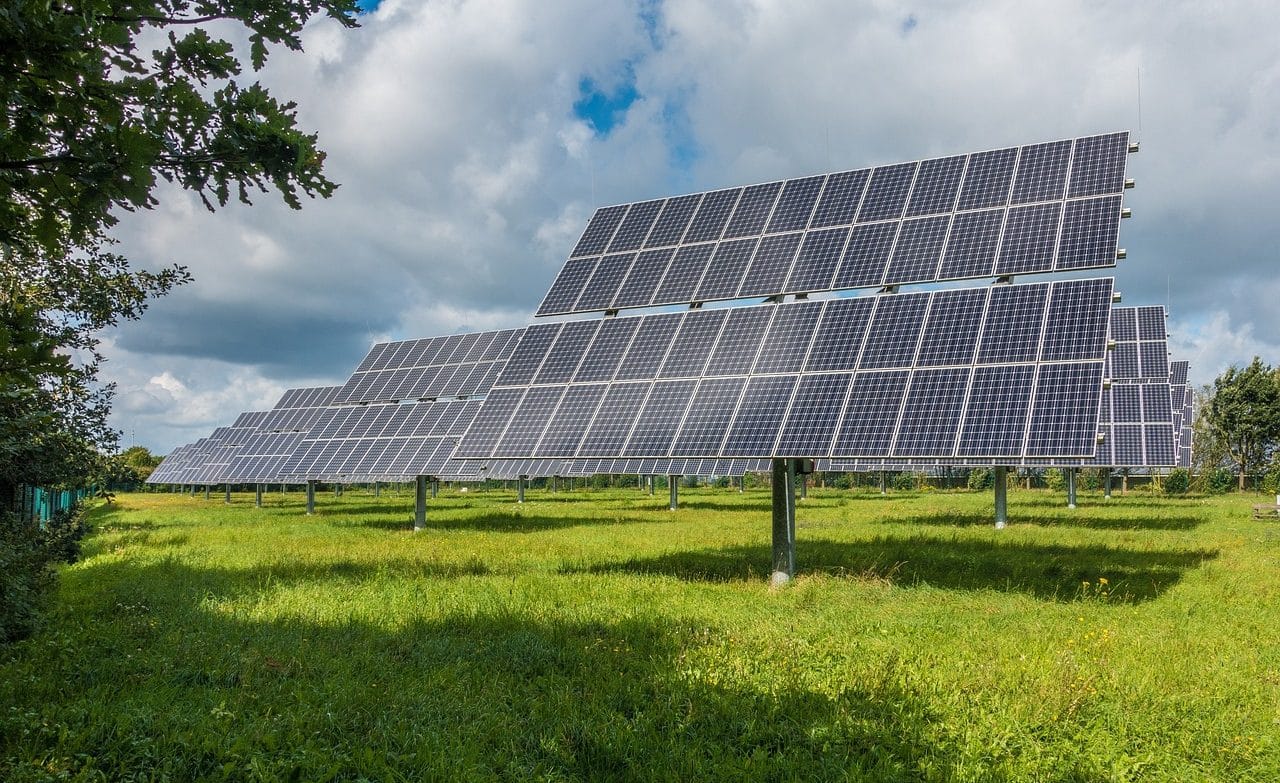
A solar panel allows you to use the sun's rays as energy.
A solar panel is an element that allows the sun's rays to be used as energy . What these devices do is collect the thermal or photovoltaic energy of the star and convert it into a resource that can be used to produce electricity or heat something.
It should be noted that a panel can be a module that, added to others of its type, forms part of a structure. Solar , for its part, is an adjective that applies to something related to the sun .
Types of solar panels
One type of solar panel is the one used to heat water . These devices have a plate that receives solar rays, pipes that allow water circulation and a tank that stores thermal energy . Through a pump, the hot water is distributed through the pipe.
The solar panels that generate electric current have various cells or cells that take advantage of the so-called photovoltaic effect. This phenomenon consists of the production of negative and positive charges in semiconductors of different kinds, which gives rise to an electric field.
The cells of these solar panels can be built with silicon or gallium arsenuride . To function, they must be in direct contact with the sun's rays. Thanks to the solar energy produced by this type of panels, it is possible to move a car, cook food or illuminate a room.
Germany, Italy, Japan y USA están entre los países con mayor cantidad de paneles solares instalados y, por lo tanto, con mayor capacidad para generar energía solar.

There are different types of solar panels.
A project of the Fraunhofer Chile Research Foundation
The Fraunhofer Chile Research Foundation , a fusion between the efforts of German and Chilean scientists to achieve important advances in various fields, is responsible for having created the most powerful photovoltaic cell and at the end of 2014 announced that it was working on a self-installable solar panel project .
It was a sustainable energy investigation that sought to facilitate the installation process and reduce costs, allowing each person to purchase and install their own solar panel. It was one more step towards a reality in which all citizens of the planet choose clean and respectful energy .
This project was based on the work they have been doing for years in the field of solar panels. More specifically, the Fraunhofer center opted to make use of its revolutionary photovoltaic energy cell developed in 2013 .
In the words of Cristian Hoepfner , part of the cost of installing a solar panel corresponds to the wiring, tools and infrastructure necessary for its assembly; The average time used by qualified personnel to install a solar panel is 26 hours, which must be divided into two or more days, something that makes the work even more expensive. Furthermore, one operator is not usually enough; people from various specialties are usually involved.
The assembly of a self-installable solar panel can take a little more than a third of the time necessary for a traditional one, which requires the intervention of specialized personnel, and costs less than a third. All this is mainly due to the flexible, adaptable and self-adhesive structure that is the basis of this revolutionary product.
It is worth mentioning that the greater ease at the time of installation would not make this solar panel a lesser alternative; On the contrary, it would offer the option of joining it to the electrical grid to obtain energy from both sources simultaneously, and it could also be used to power electric vehicles, among other possibilities.
